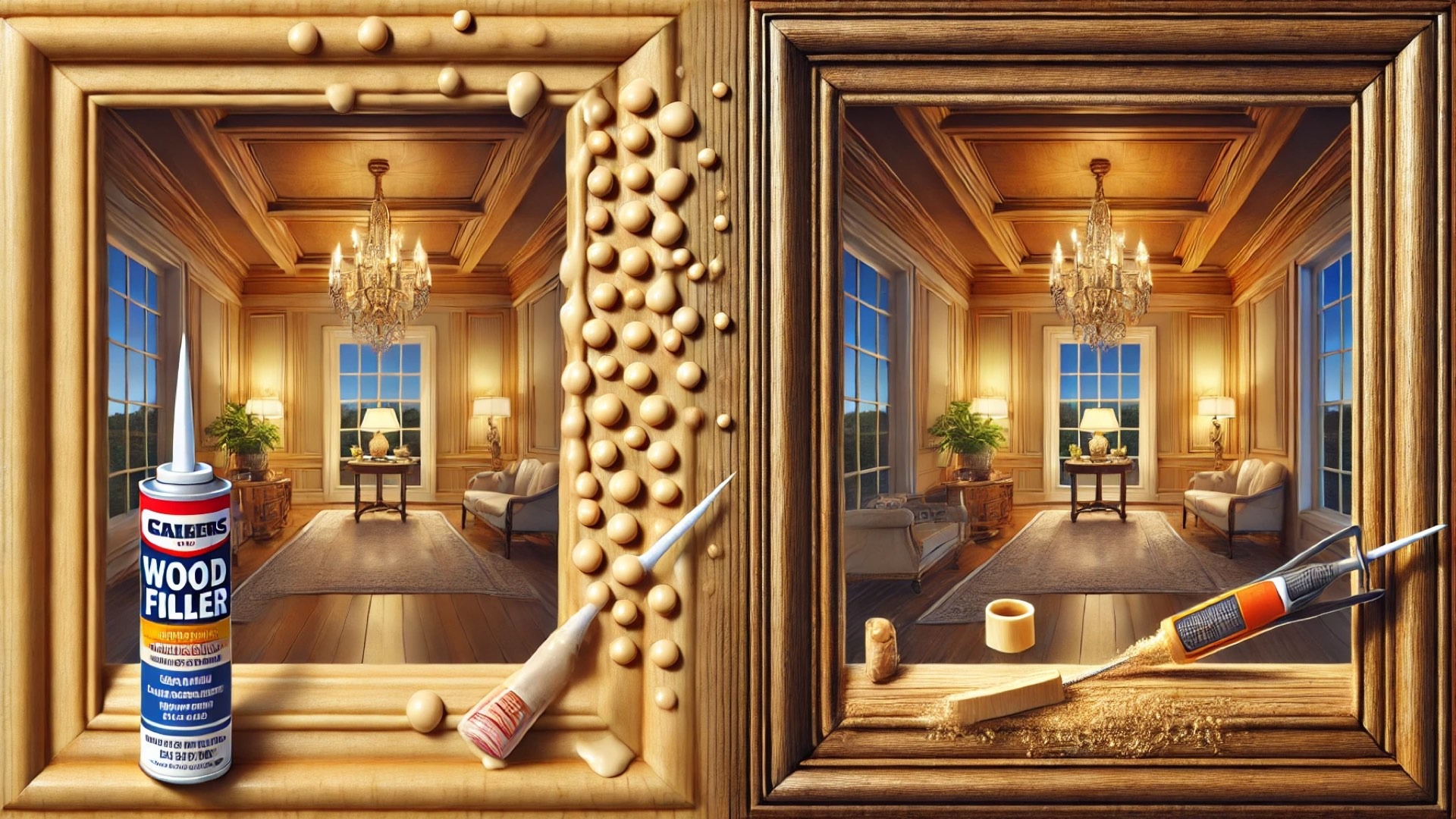
Why Not to Use Caulk for Nail Holes
As homeowners aspire to maintain the architectural integrity of their upscale properties, the choice of materials for repairs is often paramount. One glaring misstep frequently observed is the use of caulk to fill nail holes in trim. While it may seem convenient, this method often leads to unsightly results rather than the seamless finish desired. Known as the "constellation effect," this approach leaves behind a dimpled look that catches light and attention—not the kind you want for your luxurious surroundings.
Understanding the Failures of Caulk
Caulk primarily serves to seal gaps and can flex over time, which may benefit exterior applications where moisture protection is essential. However, when it comes to filling nail holes, caulk falls short. It shrinks as it dries, creating tiny divots, and its inability to take stain means it can leave stark, pale spots on stain-grade wood. This is particularly concerning for high-end residences that value aesthetics and craftsmanship. As expertly noted by home repair specialists, most professional painters avoid caulk for this purpose altogether, opting instead for materials that ensure a flawless finish.
Successful Strategies for Filling Nail Holes
For a polished appearance, wood fillers or putties are recommended for interior trim and furniture, especially in properties emphasizing craftsmanship. Products such as Elmer's Carpenter's Wood Filler or Famowood are widely endorsed because they are sandable and stainable. Applying wood filler not only contributes to a more appealing aesthetic but also allows homeowners to preserve the beauty and integrity of their homes.
The Right Techniques Matter
To achieve the best results, using a high-quality wood filler is essential. Here’s how you can effectively fill nail holes:
Overfill slightly: When using wood fillers, slightly overfilling the hole allows for shrinkage and ensures a flush finish once sanded.
Fine-tune the surface: After the filler cures, gently sand the area to create a smooth surface that blends seamlessly with the surrounding wood.
Color matching: Select a filler that matches your wood's finish, or consider refinishing for a consistent look.
A Note on Alternatives
For a quick fix, some homeowners resort to using household items to patch nail holes, such as toothpaste or soap. While these methods can work for minor, temporary solutions, they typically do not match the durability or finish quality expected in upscale environments. For long-term satisfaction, investing in appropriate materials tops any DIY whims when maintaining select properties.
Conclusion: Preserve Your Aesthetic
In summary, while caulk may have its place in home repairs, it is not the ideal choice for filling nail holes, particularly in luxury homes where every detail matters. Opting for quality wood fillers not only enhances the aesthetic but also reflects a commitment to craftsmanship typical of high-end properties. Homeowners should take pride in their spaces and invest wisely in materials that ensure lasting beauty.
 Add Row
Add Row  Add
Add 




Write A Comment